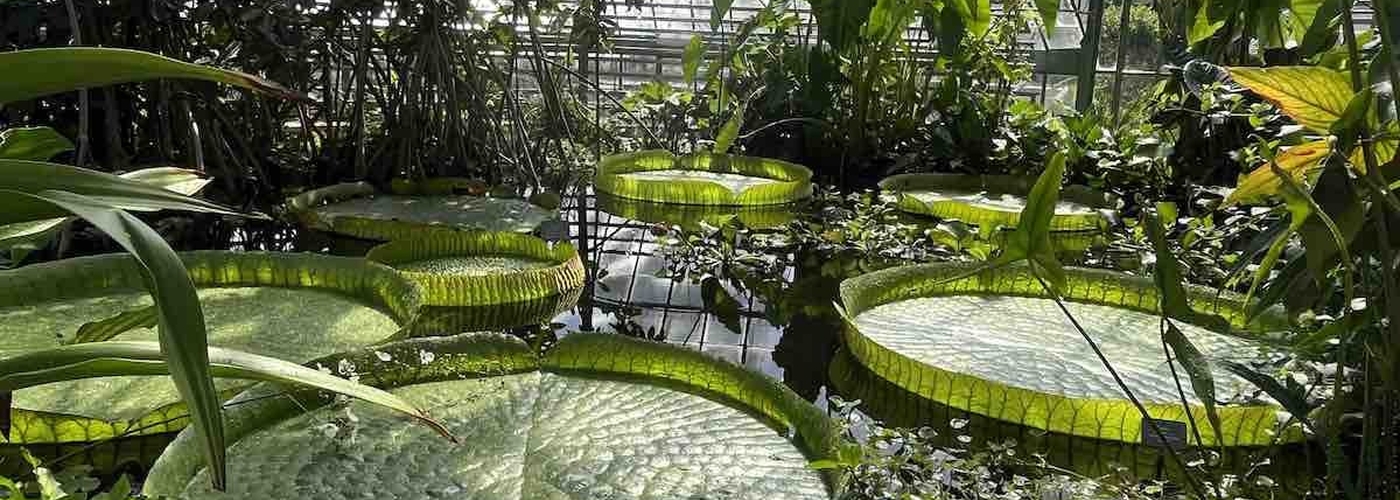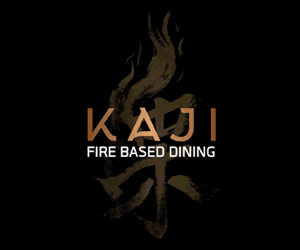Neil Sowerby explores a pants pocket museum and tucks into pork knuckle in Basel
GAME, set and match to Roger Federer as he wowed the crowd at Wimbledon’s 100th-anniversary champions parade. The Swiss legend’s absence from the actual competition this year had left a gaping hole. In his home town, they recognised his greatness early. In 2008 after five successive singles titles Basel immortalised him with a Hollywood Walk of Fame style pavement plaque. Maybe it put him off his stroke; that year he finally lost to Rafa Nadal.
Even without Mondrian this is one of the great European galleries
Federer joins many other of the city’s favourite sons and daughters etched into the cobbled Spalenberg, the old town’s picturesque shopping street, among them Johann Wanner. Johann who? The world's largest manufacturer of handmade Christmas decorations, no less. Yule be sorry if you don’t pop in. Among his customers are our own Queen and the White House. And, making a rare summer visit to his festive Aladdin’s Cave at 14 Spalenberg, there was the man himself in the doorway. I missed the chance to say, Guten Tag. My mouth was fastened on a Läckerli from Jakob’s bakery, where they’ve been making these hard, spiced biscuits since 1753. Think cinnamon, almond, candied peel. Perfect for dunking.
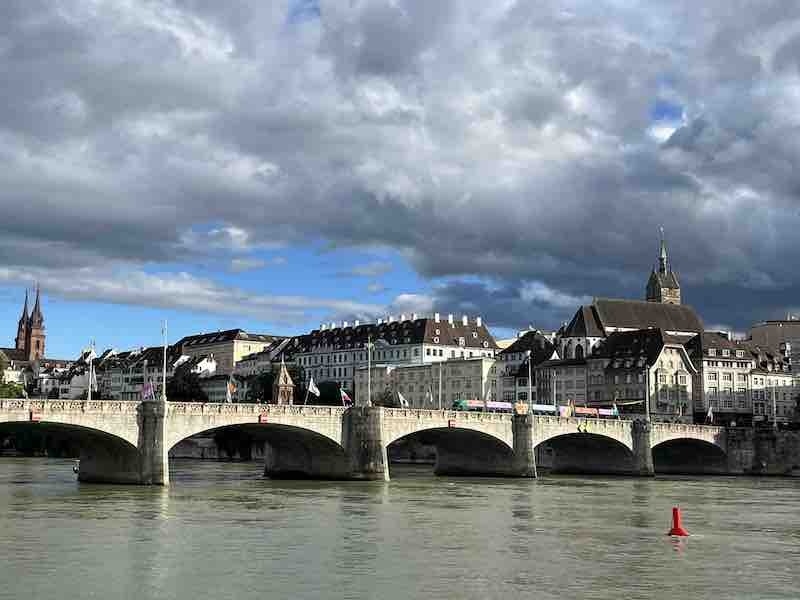
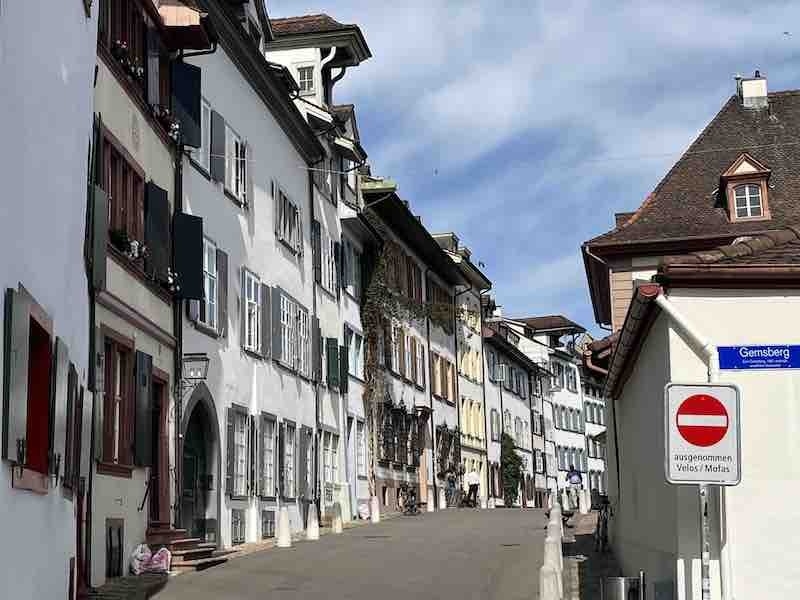
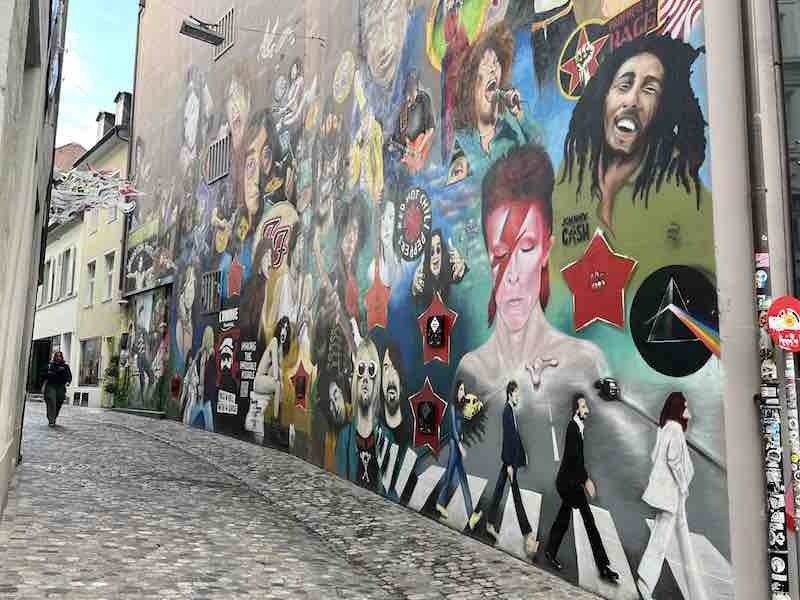
Of course, in a city like Basel, 1753 makes you a relative newcomer. Europe’s best-preserved Altstadt is crowded with lintels bearing dates back to the 16th century and before. It’s the ultimate border town, straddling the Rhine, where Switzerland, France and Germany all come together. There is a wealth of exceptional contemporary architecture across the newer neighbourhoods, where the chemical and pharmaceutical industries are major players; I just wanted to lose myself in the quirky, flower-decked back streets and alleys rising up from the Marktplatz. Oh, and do Art with a capital A. Basel boasts some 40 museums and its galleries are "Weltklasse" (world-class, this is German-speaking Switzerland). Three stood out on my visit:

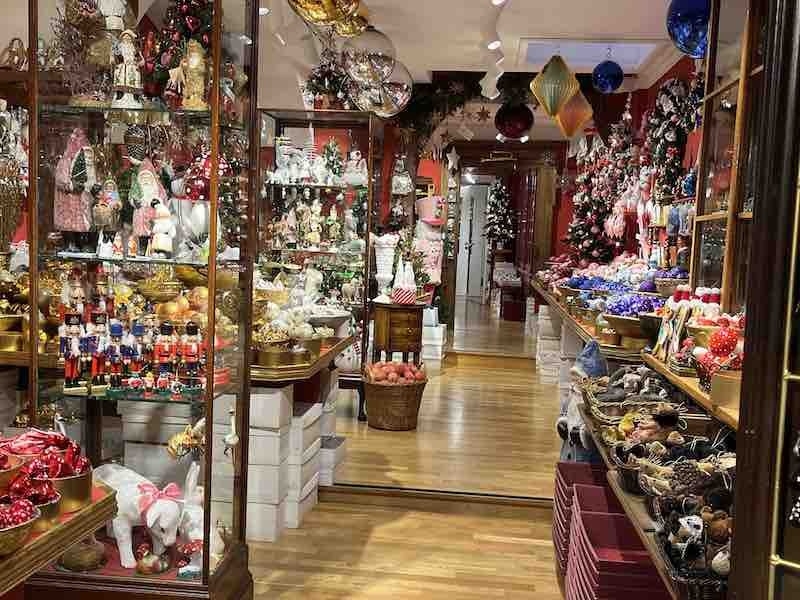
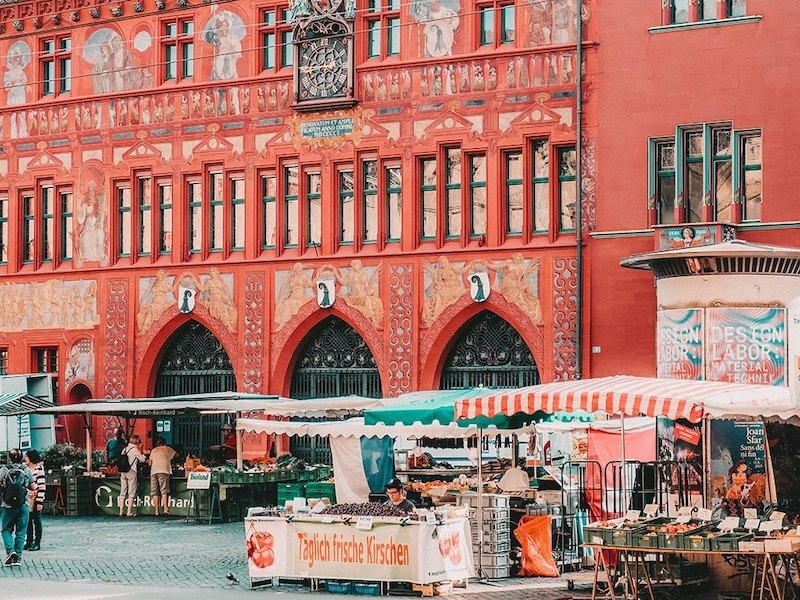
The Kunstmuseum
The blockbuster venue, currently hosting a major exhibition showcasing El Greco’s influence on Picasso (ends September 25). You’ll find it in the monumental Neubau (new building) that opened six years ago. The original museum (Hauptbau) is an exhaustive tour of masterpieces spanning the centuries. If time’s tight I’d suggest picking up the "Highlights" leaflet. You can’t miss the Rodin in the courtyard but the gallery itself is a maze. Stick with the map to encounter Hans Holbein’s harrowing Christ in his Grave, Paul Cezanne’s Cinq Baigneuses, Oskar Kokoshka’s Die Windsbraut and the like.
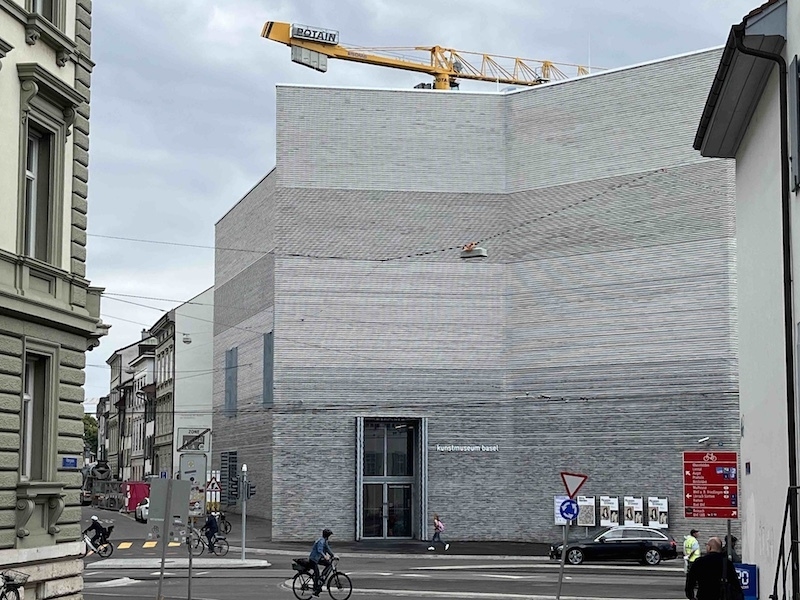

Museum Tinguely
In complete contrast, a fascinating, playful experience. Visit it by strolling eastward down the Rhine embankment. On the way look out for Baselers braving the rapid current and clutching their personal Wickelfisch, a waterproof swim bag, probable destination the Mittelbrücke, the bridge that has been the epicentre of Basel since 1223 (rebuilt 1905, retaining its tiny chapel in the middle). Urban wild swimming is big news in this town. Tempted? I passed. Jean Tinguely was a 20th-century Swiss sculptor celebrated for Métamatics, kinetic machine art that satirised automation. In 1996, five years after his death, Mario Botta’s sandstone museum, with its sloping glass walkway overlooking the Rhine, opened to house a permanent collection. Sheer joy to push a button to set his random metal sculptures in motion.

My favourite, worth the 20-minute tram ride from the centre. The draw for me was the current Mondrian show (ends October 9), marking the 150th anniversary of the Dutch painter’s birth. It is fascinating to trace his development from conventional landscape painting to a wholly non-representational pictorial vocabulary consisting solely of rectilinear arrangements of black lines on a white background and the three primary colours blue, red and yellow. Stunning but even without Mondrian this is one of the great European galleries. Not just for the private Modernist collection, from Monet and Cézanne to Francis Bacon and Roy Lichtenstein, upon which it is built. This is an idyllic destination, the moated Renzo Piano building with its moat, the glorious parkland setting.
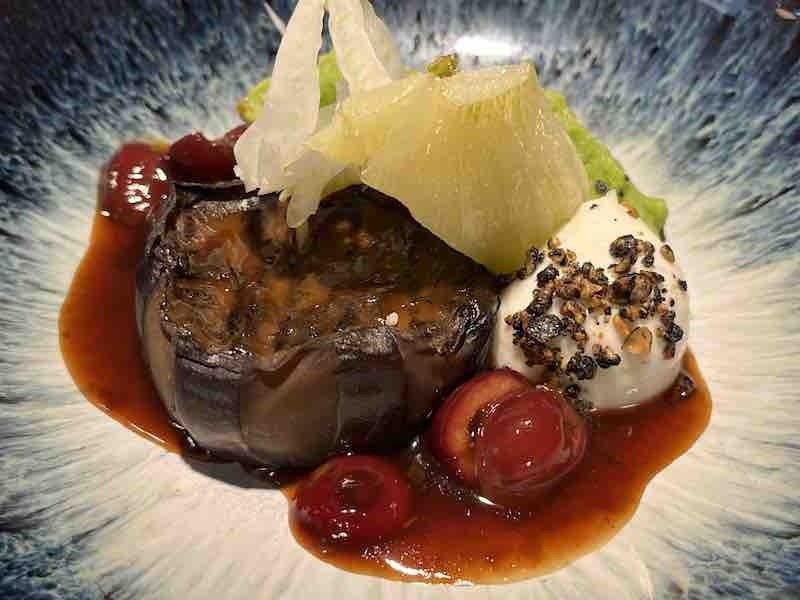
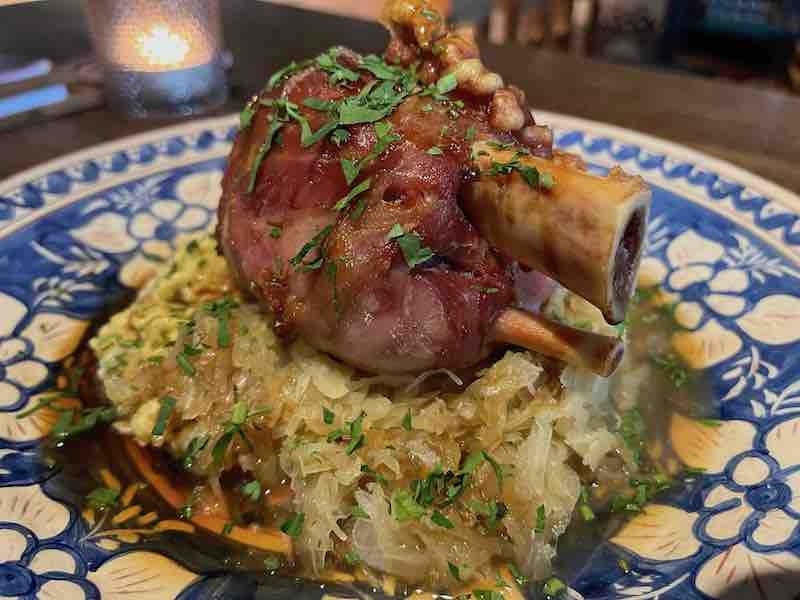
Basel, foodie capital of Switzerland
The German border is just a kilometre beyond Beyeler. Yet here and elsewhere Basel does not feel in thrall to its neighbour. Certainly not the city’s vibrant food and drink scene. You’re never too far from pretzel and bratwurst stands but snacks don’t count. Swiss food stands up in its own right.
So after a tour of the city’s diverse food halls and dinner at an astonishingly creative vegan newcomer, it felt out of kilter to tackle an old-school Teutonic Schweinshaxe (roasted pork knuckle) with sauerkraut and crushed potatoes, however tasty. Ballast at a recently opened artisan German beer bar Die Sauerei. Like the plant-based revelation, Lauch. It's across the river from the affluent Old Town on once seedy Klingentalstrasse. There remains a chance of being propositioned on a street corner but like the rest of traditional poor relation Kleinbasel, it’s on the up.
Newcomer Lauch is certainly a standard-bearer for change, ticking all the boxes for sustainability and regionality, then delivering on the plate Each of the four dishes making up my 77 Swiss francs (£65) dinner was as dazzling as the airy dining room. The Matthäus quarter north from here towards the docks is increasingly hip and lively, a boutique natural wine shop here, serious coffee there, new bars, vinyl.
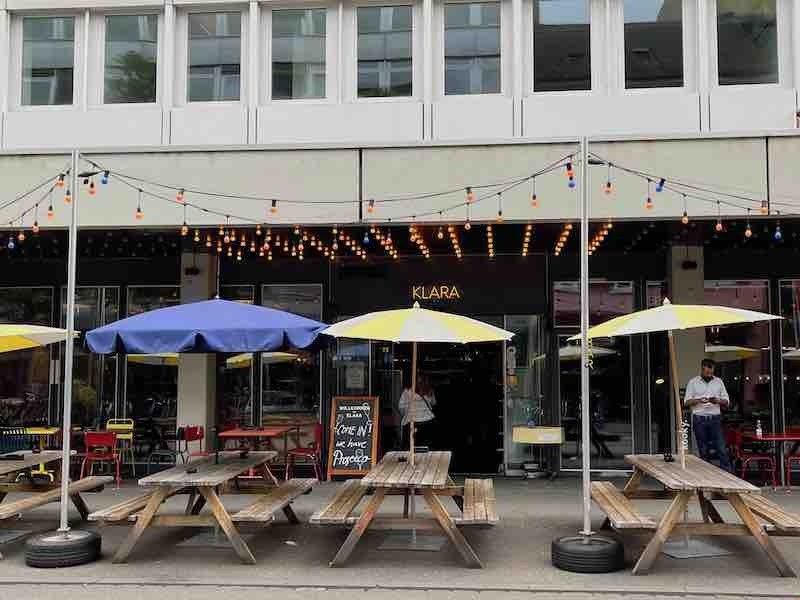
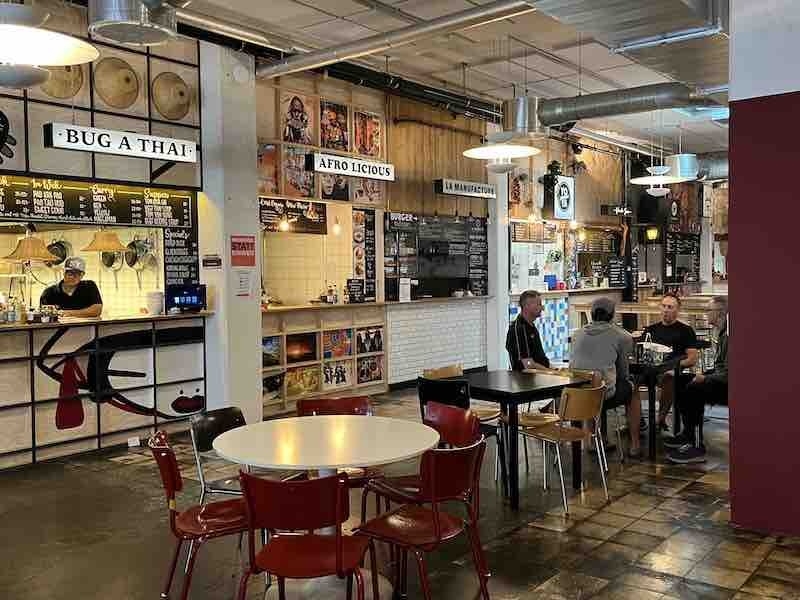
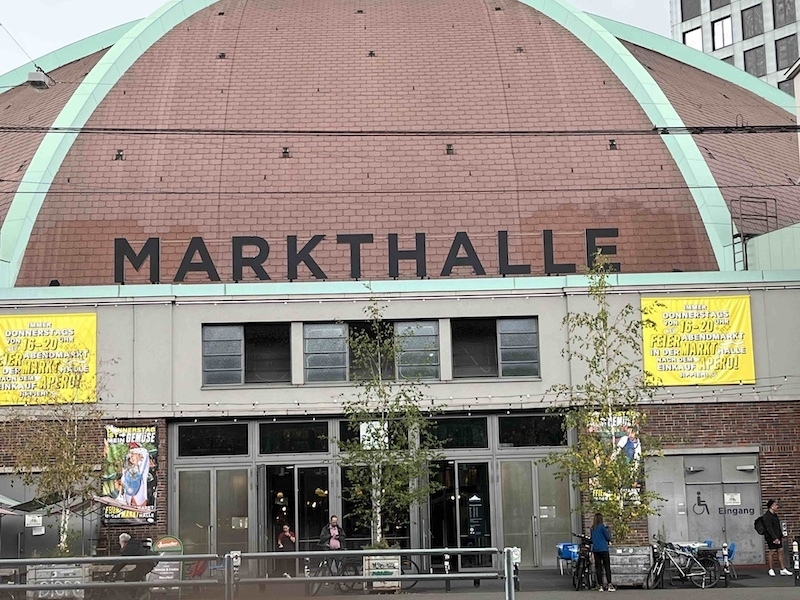
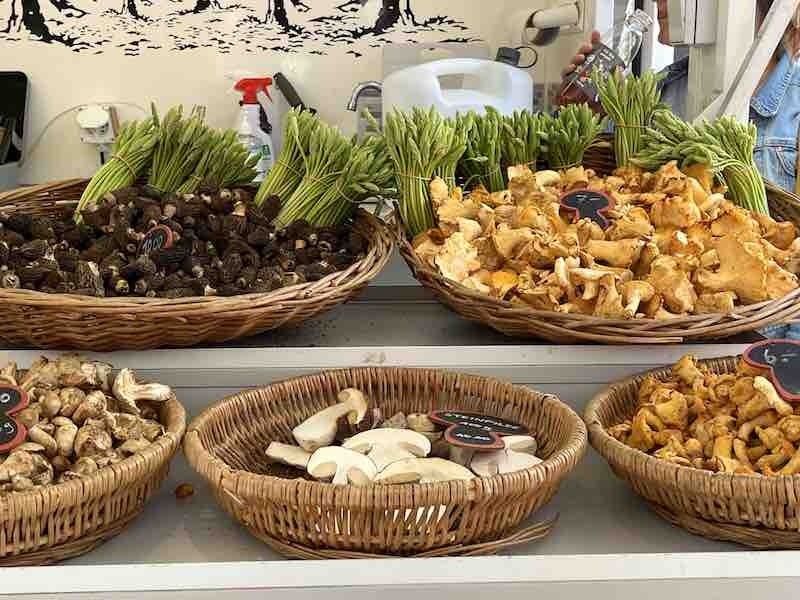
Food halls: Klara v Markthalle?
Yet Kleinbasel’s main drag remains major tram route Clarastrasse. Halfway along is arguably the city’s coolest food hall, Klara with nine counters serving various global cuisines. I’d recommend the Vietnamese and empanada offerings, washed down with pioneering local beer Ueli, which is brewed a five-minute walk away at the characterful Fischerstube restaurant on the Rheingasse, set back from the touristy riverbank. I consolidated my interest in the whole Ueli range next door at Zur Linden.
The mecca for visiting beer lovers, though, is Bierevier inside Klara rival the Markthalle. Sibling of Die Sauerei, it offers 40 taps and 60 different beers, including British and Belgian. Plus in-house Brau Rebel pale ales and saisons from its Manchester-born manager, "gypsy brewer" Timothy Hall.
Bierevier is next door to highly-recommended cocktail outfit Hinz & Kuntz, which stocks 464 whiskies and 154 rums. After a visit to either, I’d recommend a snack from one of the hall’s 20-plus food stalls while admiring the soaring dome of this 1929 building, originally a fresh food market.
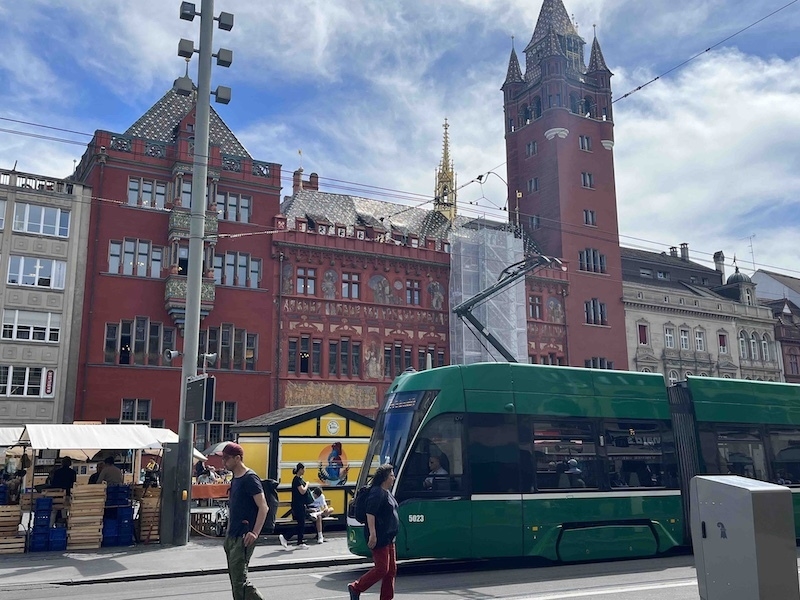
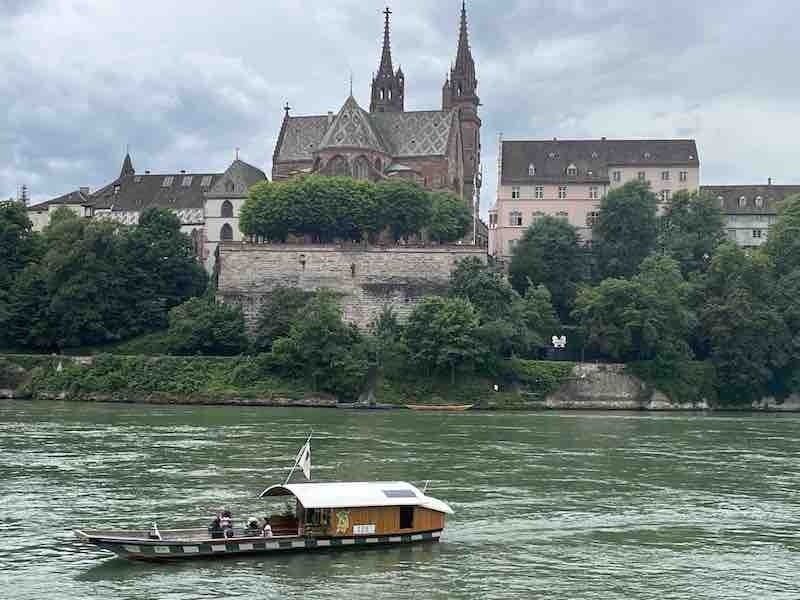
Rathaus, Minster and a pinch of Saffron
These days the best place to buy local produce (fungi, wonderful cheese, seasonal fruit) is the daily market on the Marktplatz in front of the Rathaus. You can’t miss this 500-year-old seat of government with its bright red facade, tower and plethora of frescoes.
Close by is an equally venerable Basel institution, which I chose for my taste of traditional cuisine. Safran Zunft means Saffron Guild. One of 15 historic guilds across Basel and Zürich, it was founded in 1336 to represent spice sellers, bakers, wine growers, wine-makers and beekeepers. The signature dish of today’s restaurant on the site is Fondue Bacchus, featuring veal stewed in wine. Alas, you have to pre-order. Consolation with my dinner was the discovery of a delightful Swiss red, a Humagne Rouge from the Valais. The grander end of the wine list seemed to match the slightly stiff ambience of vaulted ceilings and heroic murals.
Running the gauntlet of several high-end chocolate shops, I headed up the hill to the Minster in its breezy square, slim sandstone towers and a terrace overlooking the river far below. It was originally Roman Catholic, today Reformed Protestant. Its cloisters are a peaceful haven, matched only, on my visit, by the Botanical Garden, one of the oldest in the world dating back to 1589. It is close to the even older Spalentor, most splendid of three remaining gates that were part of the original 1400 city fortifications.

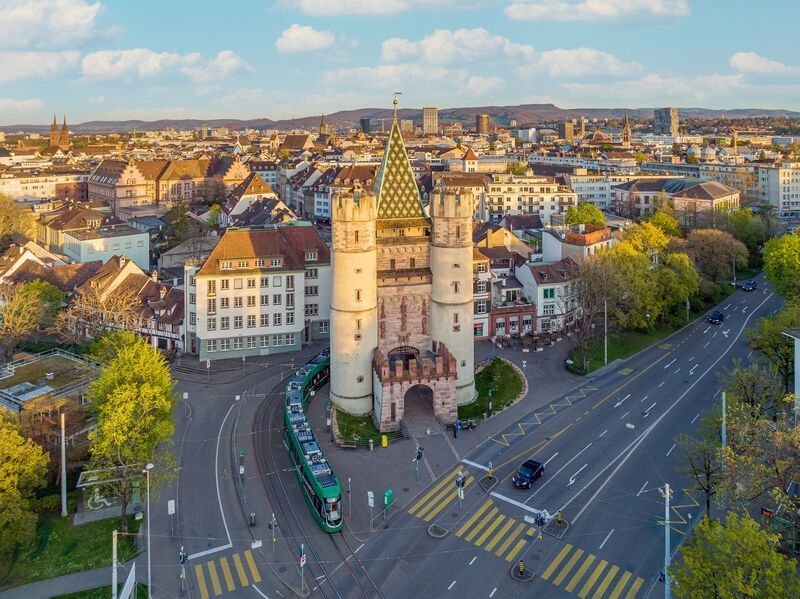
Explore the oddball corners of the Old Town
A recurring theme then the historical pride that suffuses Basel, making it such an attractive proposition for a weekend break. Get there at Carnival Time (Fasnacht) and the real uniqueness of the Old Town is amplified. It officially begins the Monday after Ash Wednesday and lasts uproariously for 72 hours, the bars never shutting. Sadly this year’s main parade was cancelled due to COVID measures. Much else went ahead. Groups of townsfolk called Cliques in clownlike full-body masks engage in Gässle – wandering through the narrow alleyways playing pipes and drums.
During Fasnacht, these Cliques open up their cellar social rooms to the public. The rest of the year you can spot these through certain symbols on their doors, a local guide pointed out to me. The same guide had introduced me to the intermittently open Hoosesaggmuseum, one of the world’s smallest museums, basically a downstairs window display in a house on the Imbergässlein. The name means "Pants Pocket Museum" and its exhibits consist of small curios the owners have picked up on their travels. They had moved upstairs to escape tourist rubberneckers.
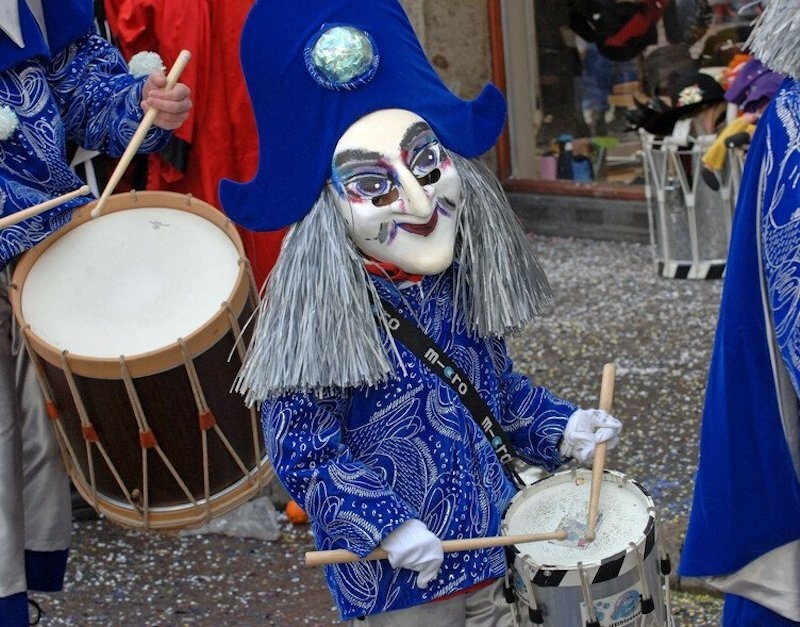


These backstreets leading up from Andreas Platz to the university area where I was staying are not always so understated. Take the vast rock music mural on the Gebergässlein, part of Basel’s thriving street art scene, or the way over the top decor of the Schluggstube bar on the same street. I recommend their Valaisanne Juicy IPA.
All this so-called Grossbasel ends at the start of the medieval Mittelbrücke. From the 17th century, this was the site of a grotesque insult to folk crossing over from Kleinbasel. The Lällekönig – "Tongue King" in Basel dialect – was a larger-than-life head made of a painted copper sheet with a crown. Inside was a mechanism that made him roll his eyes four times a minute and stick his tongue out at newcomers.
The original is in the Basel Historical Museum; the Restaurant Lällekönig on a corner site by the bridge featured a miniature fully functioning replica. When new owners transformed it in 2020 into a hipster hang-out called Alchemist they kept it. Even over my global vegan small plate and cocktails, I couldn’t escape Basel’s colourful past.
Follow Neil Sowerby on Twitter @antonegomanc
Factfile
Neil travelled from Manchester to Zürich with Swiss International Air Lines which offers more than 160 weekly flights from London Heathrow, London City, Manchester, Birmingham, Edinburgh and London Gatwick (seasonal) to Zürich or Geneva. One-way fares start from £76 to Zurich and from £54 to Geneva and include all taxes, fees and surcharges, one piece of checked luggage weighing up to 23kg and one piece of hand luggage. A punctual, direct train from Zürich to Basel took just 75 minutes
He stayed at The Passage Hotel, Steinegraben 51, CH-4051, Basel. When you check in to any Basel hotel you will be given a "Basel Card", which offers free public transport around the city, access to free wi-fi in the city and discount on lots of attractions.
For full information on what to do in the city visit the This Is Basel website. Among their organised city tours they offer a three-hour self-guided foodie one.
For more information on Switzerland, visit MySwitzerland.com.





